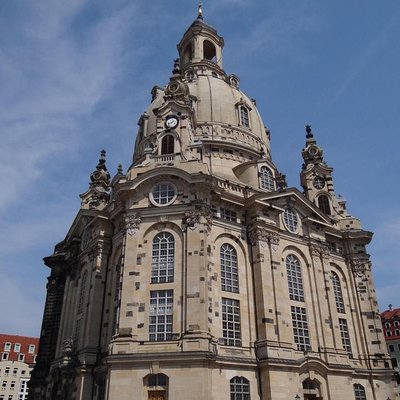Travelers who studied World War II-era European history have undoubtedly come across the name Dresden. Before the war, the city was a cultural powerhouse nicknamed the Florence of the Elbe. That all came crashing down in the last months of the war when the city was destroyed. Dresden became part of East Germany and was rebuilt mainly in the bland, functional communist style. Post-German reunification in the early 1990s, however, many of Dresden’s pre-war cultural treasures have been lovingly revamped to their former glory. Now, there are many things to do in Dresden, especially for history buffs and culture enthusiasts.








































